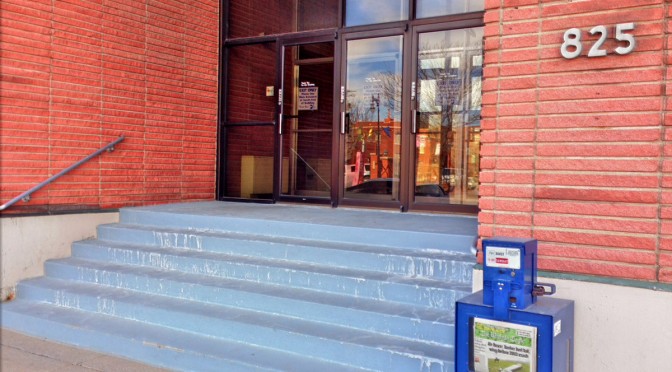Tag: Progressives
-

In Wichita, three Community Improvement Districts to be considered
In Community Improvement Districts (CID), merchants charge additional sales tax for the benefit of the property owners, instead of the general public. Wichita may have an additional three, contributing to the problem of CID sprawl.
-

Decoding Duane Goossen
The writing of Duane Goossen, a former Kansas budget director, requires decoding and explanation. This time, his vehicle is “Rise Up, Kansas.”
-

How would higher Kansas taxes help?
Candidates in Kansas who promise more spending ought to explain just how higher taxes will — purportedly — help the Kansas economy.
-

They really are government schools
What’s wrong with the term “government schools?”
-

Intellectuals vs. the rest of us
Why are so many opposed to private property and free exchange — capitalism, in other words — in favor of large-scale government interventionism? Lack of knowledge, or ignorance, is one answer, but there is another.
-

Wichita Eagle editorial board on county budget
When someone invokes “ideology” in their criticism of you, you know that they’ve either run short of actual arguments based on fact, or they don’t know what ideological means.
-

Tax rates and taxes paid
Those who call for a return to 90 percent tax rates should be aware that few people actually paid tax at those rates.
-
The purpose of high tax rates
The purpose of high taxes on the rich is not to get the rich to pay money, it’s to get the middle class to feel better about paying high taxes.
-
Blubaugh, Mayor vote for licenses for undocumented workers to drive to their illegal jobs
The Wichita city council voted to recommend that the Kansas Legislature create drivers permits for undocumented workers so they could drive to their jobs.
-

Kansas minimum wage hike would harm the most vulnerable workers
A bill to raise the minimum wage in Kansas will harm the most vulnerable workers, and make it more difficult for low-skill workers to get started in the labor market.
-

Kansas personal income grows
A recent spurt of growth of personal income in Kansas is welcome, considering the history of Kansas in this regard.
-
Labor unions have harmed our standard of living
labor unions reduce the supply and productivity of labor and so reduce the supply and raise the prices of the goods and services their members help to produce, thereby reducing real wages throughout the economic system, writes George Reisman.